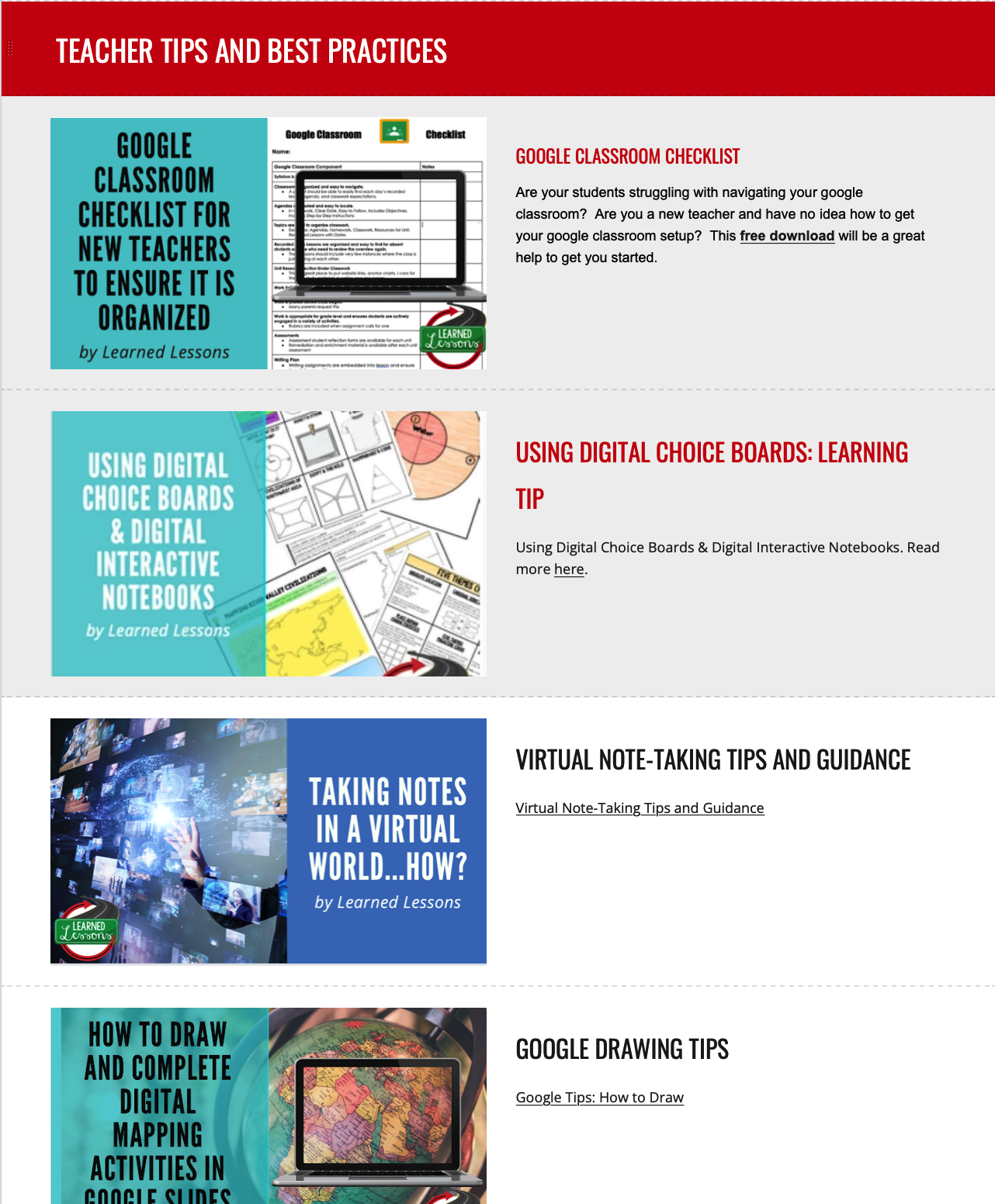Engaging Students Through Phenomenon-Based Science Teaching
Teaching science is no longer just about memorizing facts and formulas. Today, educators are embracing phenomenon-based learning to help students make sense of the natural world. By focusing on observable events and real-world occurrences, teachers can inspire curiosity and develop critical thinking skills in their students. In this blog post, we’ll explore what phenomenon-based teaching is, why it’s effective, and how you can implement it in your classroom.
Click for Science Phenomenon Graphic Organizer.
What Is Phenomenon-Based Science Teaching?
Phenomenon-based teaching uses observable events—such as a rainbow forming, a volcano erupting, or a car accelerating—as a starting point for scientific inquiry. These phenomena are engaging, relatable, and meaningful, sparking student interest and motivating them to ask questions. Instead of simply providing answers, teachers guide students through the process of investigating and explaining these events.
Why Does It Work?
Relevance: Phenomena are rooted in real-world contexts, making learning more relatable and engaging.
Inquiry-Driven: Students are encouraged to ask questions, make predictions, and test their ideas through experiments.
Interdisciplinary: Many phenomena connect multiple scientific disciplines, promoting a deeper understanding of science as a whole.
Critical Thinking: Students develop problem-solving skills as they analyze data and form evidence-based conclusions.
Steps to Implement Phenomenon-Based Learning
Select a Compelling Phenomenon: Choose phenomena that align with your curriculum and pique students’ interest. Examples include photosynthesis, climate change, or the phases of the moon.
Ask Guiding Questions: Encourage students to observe, predict, and formulate questions about the phenomenon. For instance, "Why does a rainbow form after it rains?"
Investigate and Collect Data: Facilitate experiments, gather observations, and analyze data to uncover patterns and relationships.
Support Explanations with Evidence: Help students build explanations based on their findings and connect concepts to scientific principles.
Reflect and Apply: Allow students to reflect on their learning and discuss how their findings apply to other situations or global issues.
Click for Science Phenomenon Graphic Organizer.
Examples of Phenomenon-Based Lessons
Weather Patterns: Investigate how clouds form and what causes storms.
Erosion and Deposition: Examine how rivers shape landscapes over time.
Animal Adaptations: Study how different species adapt to survive in extreme environments.
Energy Transformations: Explore how energy changes form, such as potential energy converting to kinetic energy in roller coasters.
Tips for Success
Encourage Curiosity: Create a classroom culture where questions are welcomed and exploration is valued.
Incorporate Technology: Use simulations, videos, and interactive models to enhance understanding.
Connect to Current Events: Relate phenomena to global issues like climate change or renewable energy.
Assess Progress: Use formative assessments like journals, discussions, and presentations to monitor student understanding.
Click for Science Phenomenon Graphic Organizer.
Phenomenon-based science teaching transforms classrooms into dynamic spaces where curiosity and exploration drive learning. By engaging students with real-world events, teachers can inspire a love of science and empower students to think critically about the world around them. Start small by introducing one phenomenon-based lesson into your curriculum and watch as your students' enthusiasm for science grows!
Click for Science Phenomenon Graphic Organizer.
Other NGSS Science Resources
VISIT MY STORE AND FOLLOW TO GET UPDATES WHEN NEW RESOURCES ARE ADDED















